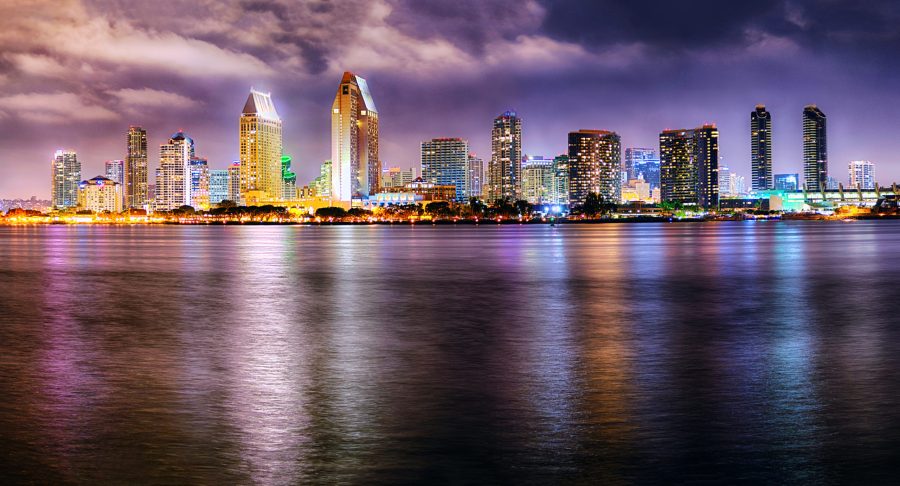
A report released by the American Lung Association showed that San Diego originally had the sixth worst ozone pollution in the country in 2019 for the fifth year in a row. As of 2021, they have moved to seventh. The rankings are based on the number of “unhealthy air days” using the Air Quality Index adopted with the 2015 Ozone National Air Quality Standard, the hottest time-frame recorded in global history, and the Air Quality Index.
Chula Vista, San Diego, and Carlsbad were ranked seventh for high ozone days out of 226 metropolitan areas, 37th for 24-hour particle pollution out of the 216 metropolitan areas, and 43rd for annual particle pollution out of 199 metropolitan areas. Areas of Alpine, Borrego Springs, and Warner Springs have the highest levels of ozone pollution in San Diego County. The California Environmental Protection Agency has shown that the average daily maximum ozone concentration in central and northern Alpine is 0.057 parts per million, which is the highest in San Diego County.
Ozone is the main ingredient of smog, which makes it one of the most widespread causes of air pollution and other health threats in California. Ozone is created when pollutants from trucks, cars, and factories chemically react with sunlight. When inhaled, it can actually cause a sunburn of the lungs, which can lead to inflammation, shortness of breath, coughing, and a shortened life span.
Research has shown that ozone levels are the highest on hot days and in the afternoon. People with asthma, children, and the elderly are the most at risk from breathing in air containing ozone. Moreover, people with lower levels of vitamins C and E are also at greater risk.
Addressing the high ozone levels, San Diego County Supervisor Nathan Fletcher told The San Diego Union-Tribune that “more people die from air-related issues than they do from breast cancer. I think this should serve as a sobering reminder but also a wake-up call for our policy makers that we have to do more.”
According to the report, the number of unhealthy ozone days grew by 42 percent since 2015, averaging around 45 unhealthy days a year. The American Lung Association CEO Harold Wimmer said that the air quality is getting worse especially because of wildfires and weather patterns fueled by climate change.
John Muir College freshman Sheena Patel believes that “educating everyone about the problem is the first step.”
“Switching to renewable energy, clean transportation, and consuming less meat are some possible solutions,” Patel said. “While many people believe that they don’t have enough power to do anything, change starts with just a few people who improve their own lifestyle and educate others about the problem.”
Fletcher believes that a possible solution to this problem would be to get cars off the road and invest in transit. California governor Gavin Newson announced in September 2020 that California will begin to phase out gasoline-powered cars and reduce the demand for fossil fuels to help stop climate change.
The executive order states that, by 2035, all new cars and passenger trucks sold in California will be zero-emission vehicles. The order also claims that the state will take more actions to tackle the harms of oil extraction and support workers in the oil industry during this transition.
Photo courtesy of Taylor Sanderson for The UCSD Guardian.